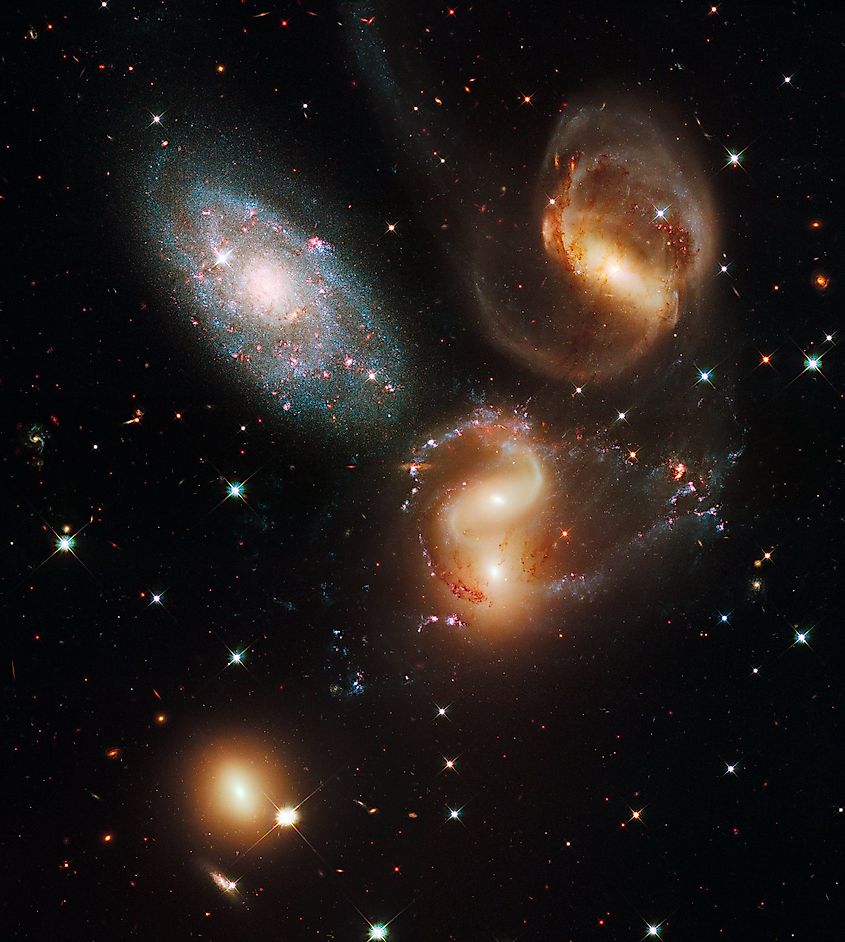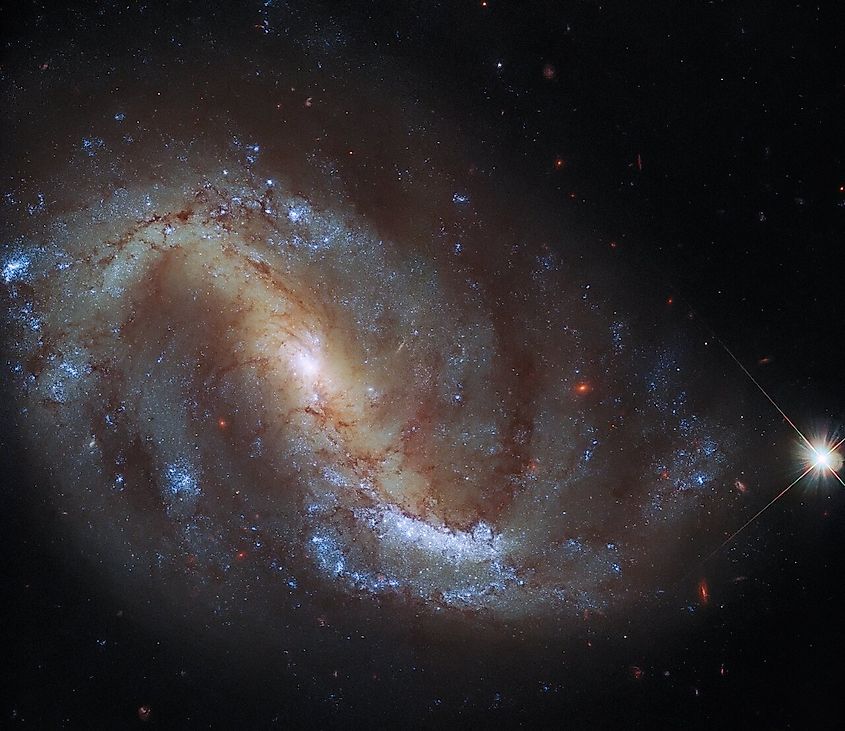
How Much of the Universe is Dark Matter?
Everything we can see in the universe, from stars and planets to distant galaxies, are all composed of baryonic matter. This matter, also referred to as just regular matter, is composed of things like protons, neutrons, and electrons. At first glance, it would seem as though the universe is dominated by this form of matter, yet there is always more to the universe than can be seen. Despite appearances, baryonic matter composes a mere 15% of all matter in the universe. The remaining 85% comes in the form of dark matter.
What Is Dark Matter?

Dark matter is a mysterious form of matter whose properties remain largely unknown. Pretty much everything about dark matter remains a mystery, and the only known thing about dark matter is that it exerts a gravitational force and does not interact with regular matter other than through gravity. Astronomers first identified dark matter in the early 20th century while calculating the mass and gravitational pull of galaxy clusters. By adding all of the mass from visible matter, astronomers could then deduce the total amount of mass contained with a galaxy cluster. While this seems simple enough, the numbers did not make any sense. The total mass of galaxy clusters turned out to be far too small to hold these structures together, and so galaxy clusters should not have been able to form in the first place. Even when astronomers accounted for the mass of things like black holes, stellar remnants, and rogue planets, the numbers were still too far off. In order for galaxy clusters to hold themselves together, there must be some form of matter exerting a gravitational force. This matter came to be known as dark matter, and evidence for its existence continued to be uncovered. Dark matter later helped explain things like the rotational velocity of galaxies and gravitational lensing.
Estimating The Amount Of Dark Matter

Estimating the amount of something that cannot be seen is no easy task. To do so, astronomers rely on measuring the gravitational force of dark matter to determine its mass and the amount of it present. Furthermore, by knowing the mass of regular matter, astronomers can then compare dark matter and regular matter to see how much of a difference there is in their respective amounts. For example, let’s say we want to know how much dark matter there is in a galaxy. First astronomers calculate the mass of the galaxy, which can be done by measuring the total brightness of the galaxy. From here, astronomers can then calculate the amount of mass needed to actually hold the galaxy together. Then they simply compare the two numbers to arrive at the amount of dark matter present. The average amount of dark matter present for galaxies and galaxy clusters is roughly 85%, with the remaining 15% being regular matter. This means that 85% of the total matter in the universe is composed of something we can neither see nor detect directly. Dark matter remains one of the biggest mysteries of the universe.











